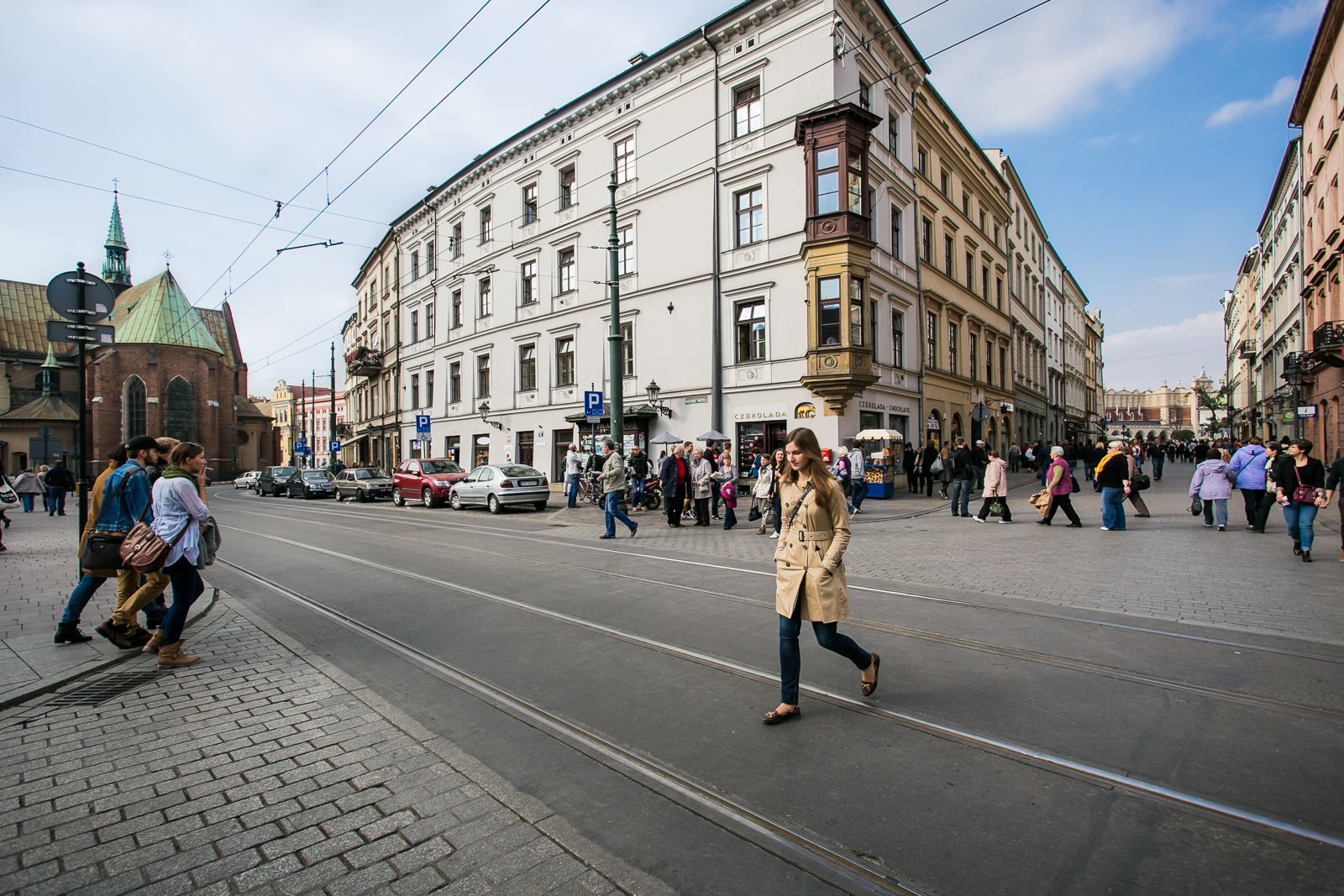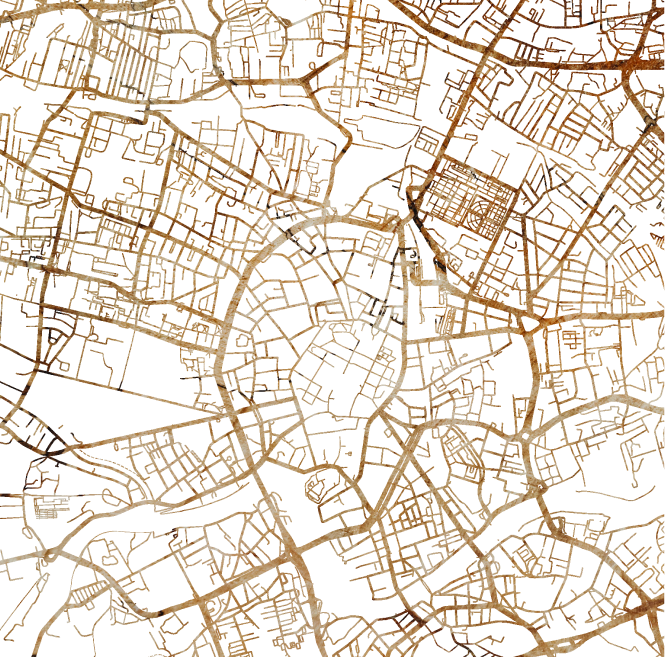Old Town - the reason to love Krakow
A showcase of a European city - the Old Town, built around the spectacular Market Square and surrounded by a green belt, attracts tourists and residents.
Based in Kraków, Poland
Based in Kraków, Poland
General Info
For those that visit Krakow for the first time, Stare Miasto is a ‘love at first sight’ proposition. Achingly beautiful, its compact grid of streets come lined with merchants’ houses encrusted with gargoyles and elegant churches that teeter over the cobbles down below. Though often heaving with tourists, their number is offset by students attending
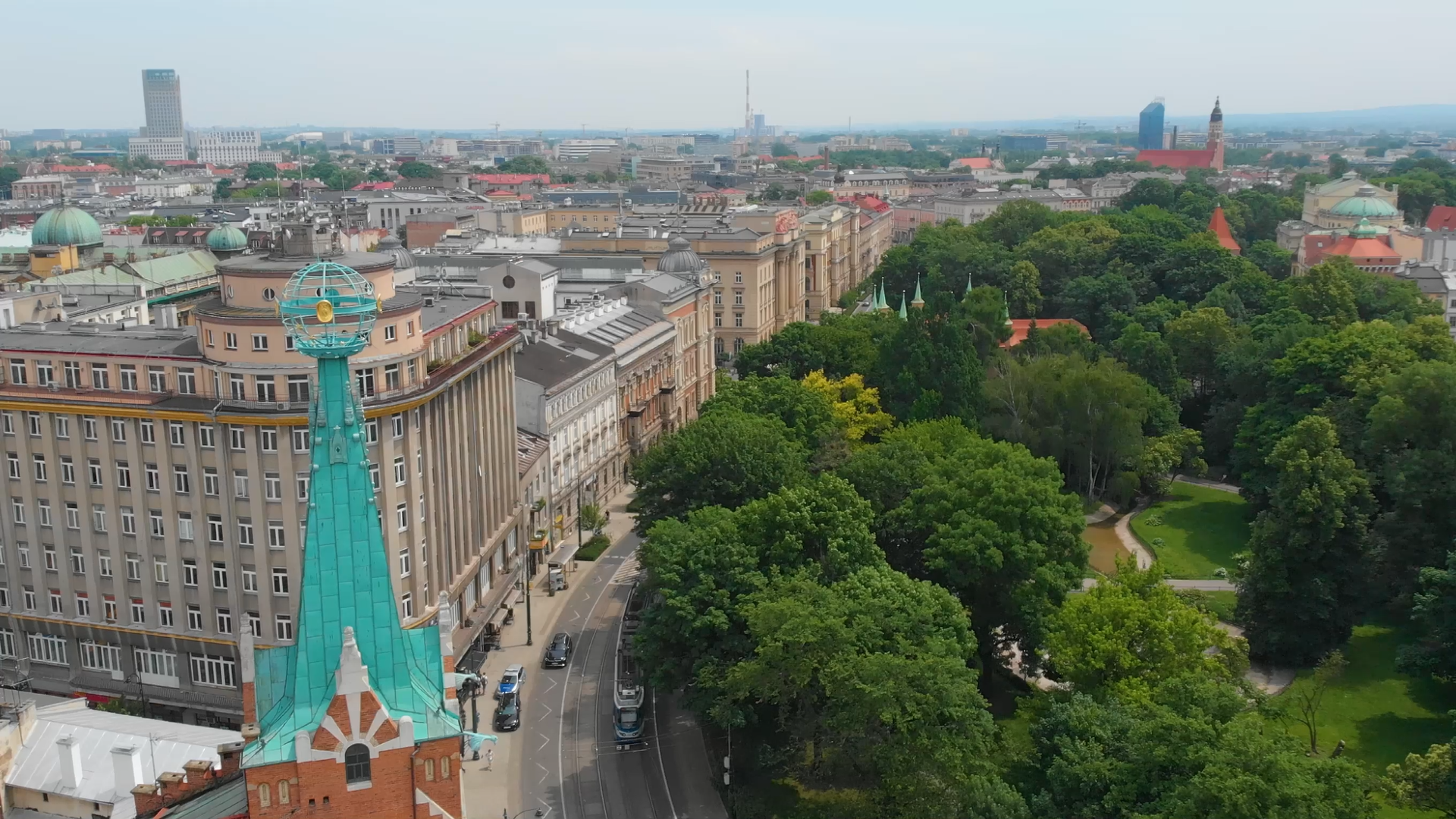
the Jagiellonian University, a cloistered glory ranked as one of the world’s oldest educational institutions. But although it is easy to be seduced by Stare Miasto’s architecture, not all of its attractions lie on ground-level. Regaling the city’s story, the Rynek Underground exhibition stands out as one of the most unique museums in the country, though similarly intriguing are the number of subterranean bars and restaurants that honeycomb the district – it is in these that one feels the real spirit of the centre.
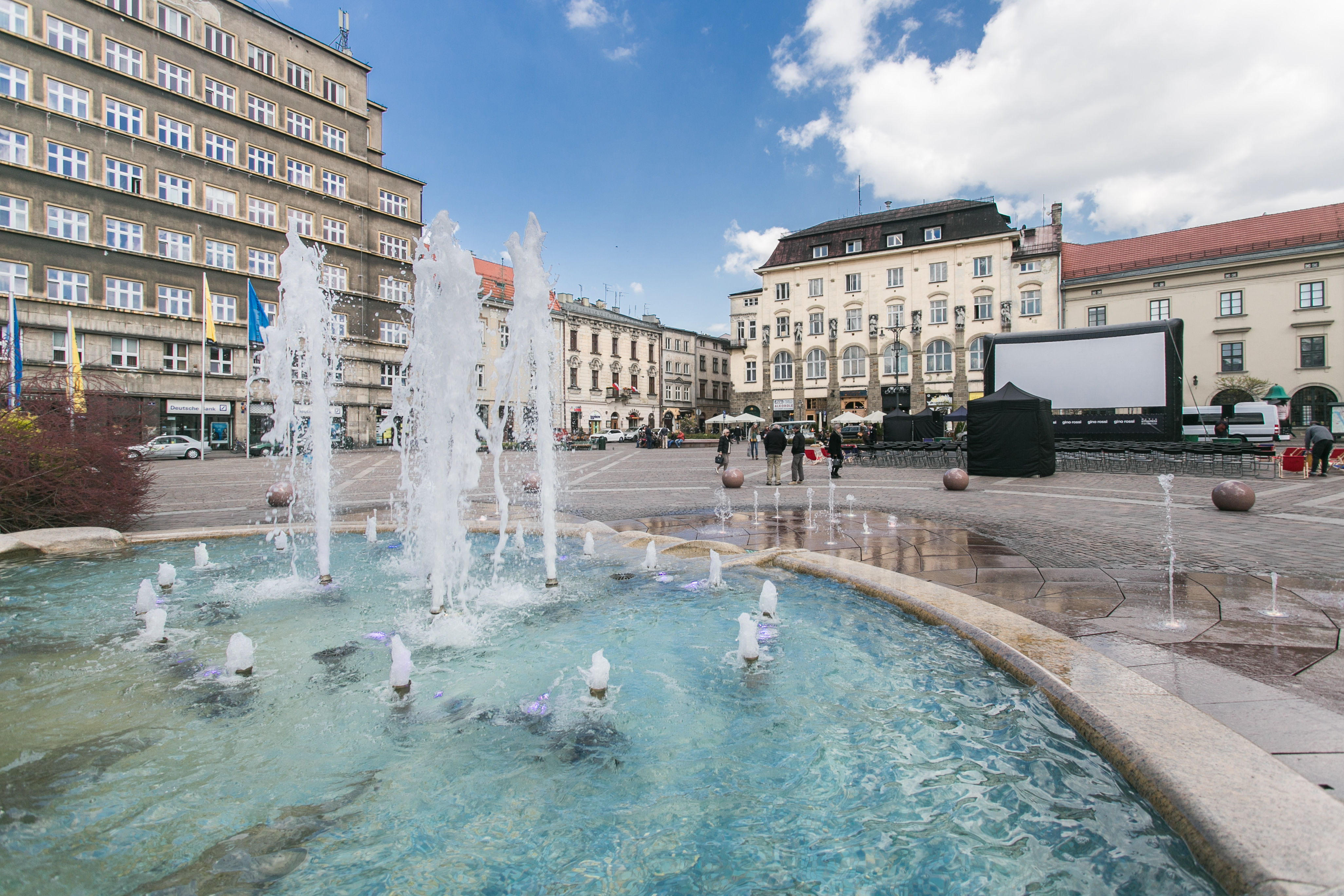
Architecture & Property
From an architectural standpoint, nowhere in Poland can offer a richer bounty of sights than Krakow’s Stare Miasto. Impossible to cover comprehensively, highlights include the 15th century Gothic Barbican built to guard the mouth of the Old Town as well as the Florianska Gate through which kings would once pass on their way to Wawel Castle to the south. The ancient seat of the Polish monarchy, today these rulers lie entombed in the crypts of Wawel’s Cathedral. Then, lying sandwiched between Wawel and the Florianksa, discover such glories as Europe’s largest medieval square (Rynek), a huge plaza dominated by a Renaissance era shopping arcade and the looming form of St. Mary’s Basilica.
Unsurprisingly, the historic nature of Stare Miasto means that most real estate is to be found in town house style buildings many of which have been lovingly repaired in recent years. However, where space has allowed, developers have been active to build modern luxury apartment complexes that have slotted seamlessly next to their older neighbours. Such developments are especially prevalent in the area close to Wawel.
Architecture & Property
From an architectural standpoint, nowhere in Poland can offer a richer bounty of sights than Krakow’s Stare Miasto. Impossible to cover comprehensively, highlights include the 15th century Gothic Barbican built to guard the mouth of the Old Town as well as the Florianska Gate through which kings would once pass on their way to Wawel Castle to the south. The ancient seat of the Polish monarchy, today these rulers lie entombed in the crypts of Wawel’s Cathedral. Then, lying sandwiched between Wawel and the Florianksa, discover such glories as Europe’s largest medieval square (Rynek), a huge plaza dominated by a Renaissance era shopping arcade and the looming form of St. Mary’s Basilica.

Unsurprisingly, the historic nature of Stare Miasto means that most real estate is to be found in town house style buildings many of which have been lovingly repaired in recent years. However, where space has allowed, developers have been active to build modern luxury apartment complexes that have slotted seamlessly next to their older neighbours. Such developments are especially prevalent in the area close to Wawel.
Green & Recreational Areas
In the form of Planty, Stare Miasto has one of the most unique and scenic inner-city parks to be found anywhere in Central Eastern Europe. Formed in the 19th century after Krakow’s city walls were dismantled on the orders of Emperor Franz I, this green belt coils around the centre
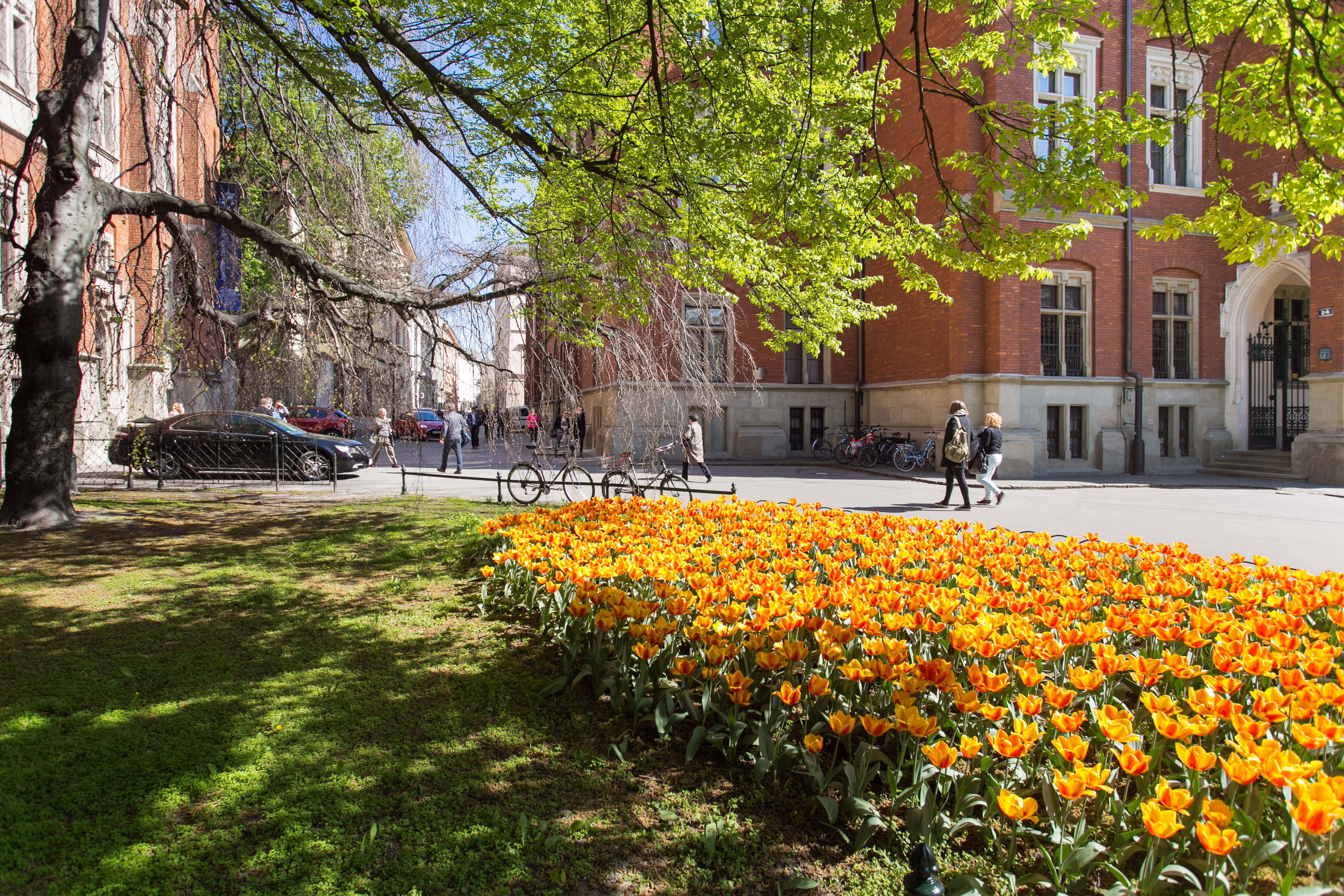
with its 20 hectares in-filled with statues of artistic figures, flowerbeds, gardens and wide, shaded pathways. Often regarded as ‘the lungs of the city’, Planty makes for a beautifully atmospheric walk. At the bottom, find Wawel Castle; fringed also by a necklace of well-tended greenery, exploring this section reveals a much-loved monument to the dragon that once reputedly lived here as well as Dżok, a devoted dog that waits patiently for his master.
